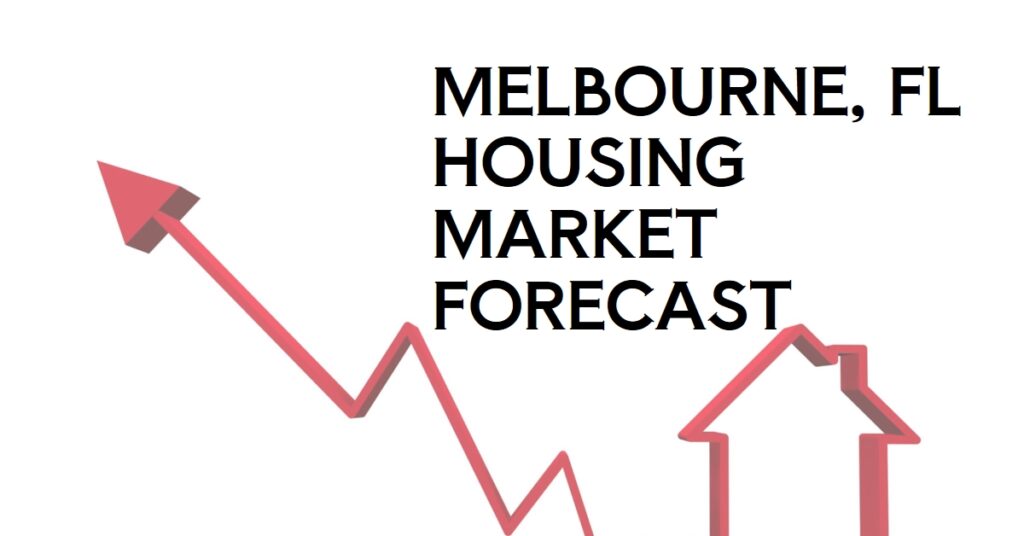Understanding Current Trends in the Melbourne Housing Market (January 2025)
As of January 2025, the Melbourne housing market in Florida is experiencing notable changes. Home prices have declined, with the median sale price now around $291,500—a decrease of 13.6% compared to the previous year. Interestingly, despite this drop, the number of homes sold has risen. Let’s delve into these trends for a clearer understanding.
Melbourne Housing Market Overview
Home Sales in Melbourne
In January 2025, a total of 86 homes were sold in Melbourne, marking a 34.4% increase from January 2024. This growth in sales points to a recovering interest in the local real estate market. Factors influencing this trend could include:
- Increased buyer interest: More individuals may be drawn to Melbourne.
- Balanced inventory levels: A reduction in homes available on the market last year may make this year’s inventory seem more appealing.
Home Prices in Melbourne
The statistics reveal that the median sale price has fallen while the price per square foot has also seen a decline of 8.2%, now sitting at $196. This indicates a market adjusting to various internal and external pressures.
Are Home Prices in Decline?
Yes, Melbourne has seen a decline in home prices year-over-year. Several elements could be driving this downtrend:
- Higher Mortgage Rates: With current rates near 7%, borrowing costs have risen significantly, making homes less affordable.
- Increased Inventory: An abundance of homes on the market can lead to competition based on price, thus exerting downward pressure.
- Economic Uncertainty: Broader economic conditions can stifle market activity, instilling caution among buyers.
Current National Market Comparison
As of December 2024, the national median home price stood at $407,500—a 6% increase year-over-year. This contrast emphasizes how local market dynamics can deviate from national trends.
| Location | Median Sale Price (Jan 2025) | Year-over-Year Change |
|---|---|---|
| Melbourne, FL | $291,500 | -13.6% |
| United States | $407,500 (Dec 2024) | +6% |
Housing Supply in Melbourne
Even though exact figures for active listings are not available, the increased sales indicate a healthy supply. A robust inventory allows buyers more options and enhances their negotiation capacity. Notably, homes with price drops account for 40.7%, representing a 10.5% increase from the previous year.
Market Dynamics: Buyer vs. Seller
Buyer’s Market
The data indicates that Melbourne is currently leaning toward a buyer’s market:
- Homes are selling for about 4% below their list price.
- The average days on the market is 63, giving buyers sufficient time to evaluate their options.
However, competition persists in certain segments, with some listings receiving multiple offers, a reflection of a somewhat healthy market.
Key Market Trends
- Price Corrections: After years of surging prices, the market is recalibrating.
- Increased Negotiation Power for Buyers: More homes mean better deals for prospective owners.
- Focus on Value: Buyers are now prioritizing fair pricing and value in properties.
- Migration Patterns: Significant movement into and out of Melbourne affects local demand:
- Inbound: Miami, Orlando, New York
- Outbound: Pittsburgh, Greensboro, Johnson City
Environmental Considerations
Future buyers should also note environmental risks. Properties could face severe flooding and wildfire threats over the next 30 years, making it essential to consider these aspects in investment decisions.
The Influence of High Mortgage Rates
With mortgage rates at approximately 7% as of February 2025, affordability is being hampered:
For Buyers
- Reduced Purchasing Power: Higher rates limit buyers’ ability to afford larger mortgages.
- Careful Decision-Making: Prospective buyers are taking more time to evaluate options and comparing offers more rigorously.
For Sellers
- Decreased Buyer Pool: Fewer potential buyers translate into longer selling times.
- Necessity for Price Adjustments: Sellers may need to be flexible with pricing to attract buyers.
Should You Invest in Melbourne Real Estate?
1. Population Growth
Melbourne continues to attract a steady influx of new residents, suggesting sustained demand for housing.
2. Economic Stability
A strong and diverse local economy enhances the potential for property value appreciation.
3. Quality of Life
Melbourne’s proximity to beaches and its vibrant community enhances its desirability, yielding a stable real estate market.
4. Robust Rental Market
Growth in the rental market promises income opportunities for investors, with a diverse tenant demographic.
5. Infrastructure Development
Ongoing and planned infrastructure projects could further bolster property values in the region.
Conclusion: The Outlook for Melbourne’s Housing Market
The Melbourne housing market shows signs of continued strength, yet it also presents unique challenges and opportunities.
Key Takeaways
- Price Increases: Expect moderate growth as the market stabilizes.
- Challenge of Inventory: Limited inventory may slow down sales but won’t drastically drop prices.
- Balanced Market Potential: As affordability concerns rise, a more balanced market may become attainable.
Investing in the Melbourne real estate market offers promise, particularly for those well-versed in local conditions. By considering neighborhood specifics, economic indicators, and shifts in buyer behavior, one can navigate this nuanced landscape effectively.
For further insights and information, check out Redfin for detailed housing data and trends.


